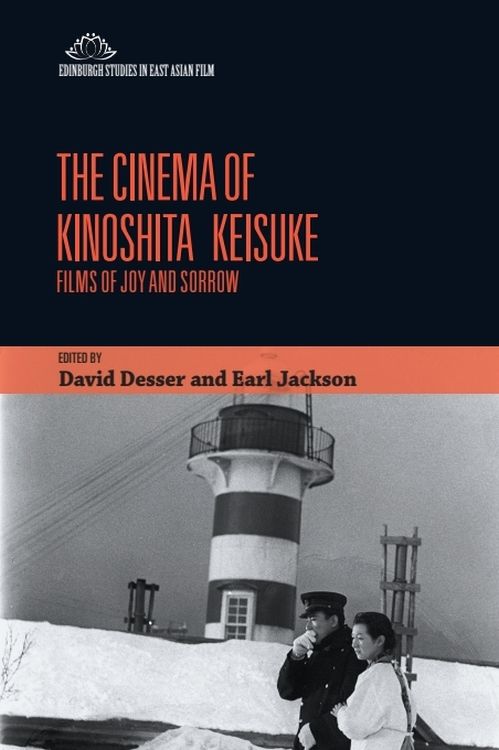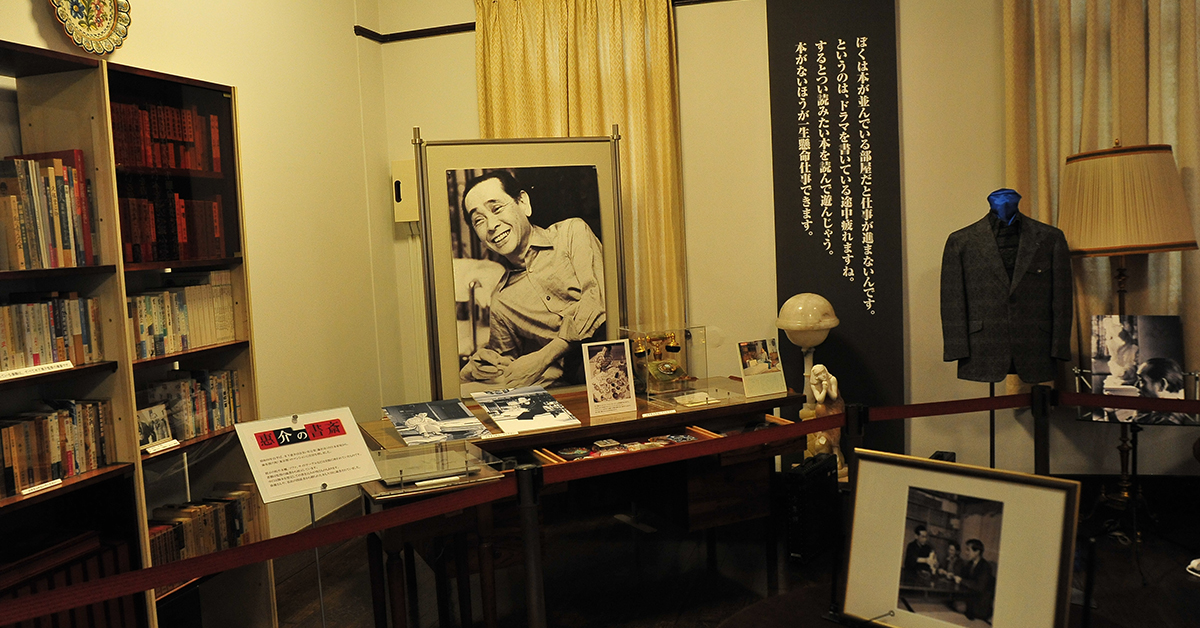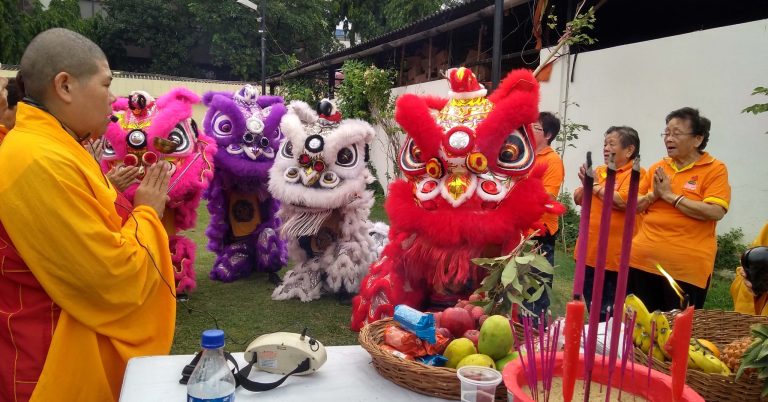
by Earl Jackson

The Cinema of Kinoshita Keisuke situates the work of the filmmaker within Japanese cinema and contemporary world cinema
When Kurosawa Akira’s Rashomon (1950) wowed audiences at the Venice Film Festival in 1951, winning both the Italian Film Critics Award and the Golden Lion, the gates were opened in the West for the advent of a rich and varied national cinema. Soon, the films of Ozu Yasujirō and Mizoguchi Kenji would make it into the tentative canons of cosmopolitan cinephiles. However, the fourth “giant” of Japanese classical cinema, Kinoshita Keisuke, never made it across the Pacific. This omission distorts the international picture of Japanese film history and impoverishes the options for a fuller appreciation of the range and complexity of this period and its enduring legacy.
Kinoshita Keisuke (1912-1988) worked almost exclusively in Shochiku studios, making 50 feature films from 1943-1988. In his later years, he pioneered a form of prestige television drama under the title, Kinoshita Keisuke Gekijō (Kinoshita Keisuke Theater) from 1964 to 1967. In 1967, it was reconceived as the Kinoshita Keisuke Hour and ran until 1974.
Fortunately, the Criterion Channel has championed Kinoshita, and has made 42 of his films available – the most of any single director. Taking advantage of this largesse in tandem, alongside reading The Cinema of Kinoshita Keisuke: Films of Joy and Sorrow would serve as a powerful introduction to this vital artist. The BFI Player is also a fantastic resource for viewers in the UK.
My own initial encounter with Kinoshita was rather fortuitous. In 2010, I was living in Seoul, and noticed that the Korean Film Archives was sponsoring a large Kinoshita retrospective. Even though I had been involved academically with Japanese cinema, until this time I had only seen a couple of his most famous films, Japan’s first technicolor film, Karumen kokyō ni kaeru (Carmen Comes Home, 1951), and the heart-rending chronicle of the war seen from the children’s perspective, Nijū-shi no Hitomi (Twenty-four Eyes, 1954). One searing morning in late July, I found myself in the archive theater watching Sekishunchō (Farewell to Spring, 1959). I was stunned. I was essentially facing a whole new film language, which wove an intricate emotional fabric into the texture of living. I stayed for two more films, then returned every day for eight days, from morning until evening. This experience redirected my critical attention to Kinoshita and I knew I had to research his work.
The first chance came when I wrote an essay on Japanese cinematic melancholia. I began with Kinoshita’s Nogiku no gotoki kimi nariki (You were like a wild chrysanthemum, 1954). The second chance came when I contributed an essay to David Desser’s edited volume, A Companion to Japanese Cinema. In this essay, I explored the different functions of the male lead in Japanese melodrama and comedies. I included two Kinoshita films: Kon’yaku yubiwa (Engagement Ring, 1950) and Zenma (The Good Devil, 1951).
The more I wrote on Kinoshita, the more devoted to him I became, which is why I was delighted when David Desser asked me to co-edit the first book (in English) exclusively on Kinoshita Keisuke. We accessed our respective networks of scholars in the field and were incredibly fortunate to gather a group of gifted writers who produced invaluable new explorations of Kinoshita’s films. The richness of the inquiries and the range of approaches attest to the complex achievements of this remarkable director.
I am indebted to that retrospective for steering me onto this path. Such retrospectives and film festivals are essential to making films available to a wider public. This can also be done on smaller, more local levels as well. At the University of California, Santa Cruz, I developed a community Cine-club and curated over 20 weekly screening series. While in residence at the East West Center in Honolulu, I arranged a series for the staff there and at the University of Hawai’i, which I called, “Lunch in the Dark.”
I transferred these techniques to Kinoshita Keisuke studies. In the late spring of 2024, the Garden Cinema in London sponsored my screening of Kinoshita’s wartime film, The Living Magoroku (1943), which turned out to be the UK premiere. During the interview with Victor Fan, I was able to illuminate the encoded anti-war messages with what was supposed to be a propaganda film. In April 2025, at the University of Wisconsin, I demonstrated how images worked on multiple levels in three Kinoshita films. Both experiences informed my contributions to the volume at hand.
The films of Kinoshita are an inexhaustibly rewarding experience, not only because of the number of films he made, but because he designed each film individually, from the style to the innovations in camera work, to the orchestration of moods and themes. David and I strove to reflect this variety and virtuosity in the essays collected in the book, and hope we convey what it is about Kinoshita’s work that initially fascinated and sustained our attention.
About the editors

Earl Jackson (pictured) is Associate Professor Emeritus from the University of California, Santa Cruz and Professor Emeritus from the National Chiao Tung University. He is the author of Strategies of Deviance: Studies in Gay Male Representation (1995), and numerous essays on Japanese and Korean cinema, gender and sexuality.
David Desser is Emeritus Professor, University of Illinois. He is a well-known scholar of Japanese cinema, author or editor of eight books on the subject.






